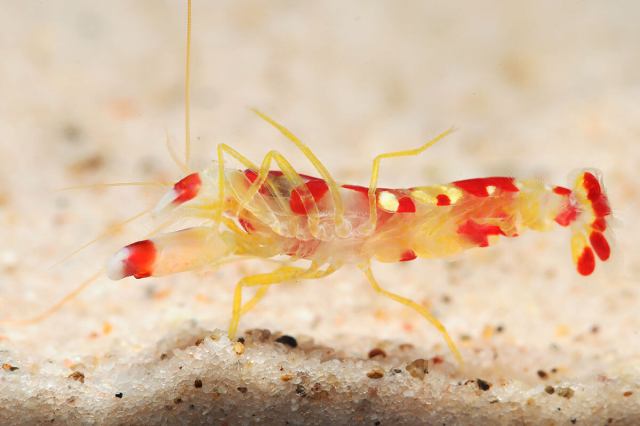
Howler Monkey (90 dB)
The howler monkey, native to the forests of South and Central America, is the loudest of all the primates — and has a claim to be the loudest land animal relative to its size. These noisy creatures can produce calls of at least 90 decibels, roughly as loud as a lawnmower. Their distinctive whooping howls can travel for miles through dense forest canopies, helping them communicate with other group members, attract potential mates, and warn rivals to stay away. Howler monkeys achieve this volume thanks to their enlarged hyoid bone, which acts as a resonating chamber (the bigger the hyoid, the deeper the howl).

Kakapo (132 dB)
The kakapo — also known as the “mighty moss chicken” — is a particularly peculiar parrot, being both flightless and nocturnal. The critically endangered New Zealand native is the world’s heaviest and longest-living parrot as well as one of the loudest birds in the world. During mating season, male kakapos produce a distinctive booming call that can reach up to 132 decibels (louder than a jackhammer) and can be heard more than 4 miles away. They achieve this noise by first inflating their thoracic air sac, then emitting a deep, low-frequency boom every one or two seconds. After 20 to 30 booms, the male kakapo makes a high-pitched metallic “ching” sound, satisfied that any interested females will now be able to pinpoint his location.

Greater Bulldog Bat (140 dB)
Native to Latin America, the greater bulldog bat is a master of echolocation with a surprisingly supercharged voice. These bats can emit calls up to 140 decibels in volume, which is louder than fireworks and about the same as a jet engine at takeoff, placing it above the human pain threshold for sound. Their ultrasonic calls, however, are typically beyond the range of human hearing. Bulldog bats use their intense vocalizations primarily for echolocation, allowing them to navigate and hunt in complete darkness. The high-frequency sound pulses are also crucial for detecting prey such as small fish and insects just below the surface of water.
More Interesting Reads

Atlantic Spotted Dolphin (163 dB)
Dolphins are renowned for their cheerful whistles, clicks, and chirps, but few people may realize how loud they can be. The loudest of them all is the Atlantic spotted dolphin, a charismatic marine mammal found in warm temperate and tropical waters of the Atlantic Ocean. These dolphins can generate sounds of at least 163 decibels using a mass of fatty tissue in their forehead called a melon, which acts as a sound lens to scatter sound waves similar to how an optical lens scatters light. They typically use clicks to sense their surroundings through echolocation and whistles to communicate with other members of their species (and possibly even some other species).

Pistol Shrimp (210 dB)
The pistol shrimp, also known as the snapping shrimp, is a small crustacean with a big and surprisingly noisy attitude. These creatures, which only reach a few inches in size, are capable of producing a sound that can reach an astounding 210 decibels, louder than a gunshot. Studies of Synalpheus pinkfloydi — a species of pistol shrimp named after the rock band Pink Floyd — have revealed how and why this little shrimp manages to be so loud. By snapping shut one oversized claw with tremendous speed and force, the shrimp creates a cavitation bubble that shoots out with such intensity it produces an ear-splitting snap and a shockwave capable of stunning or killing small prey.

Sperm Whale (230 dB)
The sperm whale is generally regarded as the loudest animal in the world. These marine mammals can produce vocalizations reaching a whopping 230 decibels, loud enough to kill prey and, theoretically, even humans. Producing such incredible sounds involves a complex process in which the whale forces air through its right nasal passage to a pair of clappers near the front of its head known as the phonic lips or “monkey lips.” These then clap shut, producing a loud click that’s amplified and shot out into the watery world. These sounds allow sperm whales to navigate and hunt in the darkness of the ocean depths and communicate with other sperm whales over vast distances — in some cases thousands of miles.












